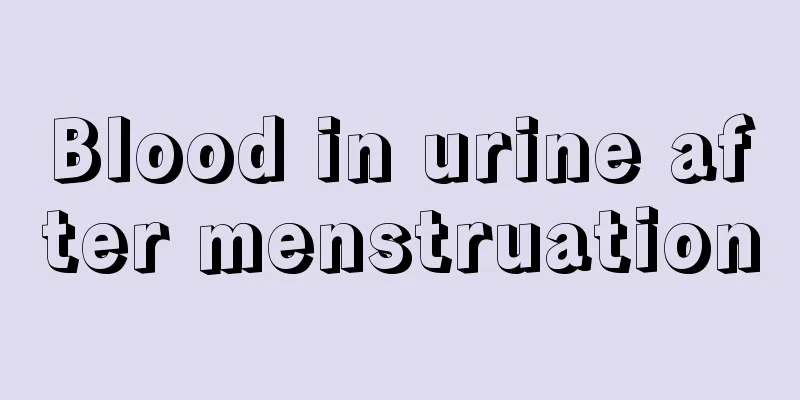How should female alopecia areata be treated?

|
Female patients with alopecia areata are basically the same as male patients with alopecia areata. They do not have any adverse symptoms, and it does not affect women's normal fertility. However, if women develop some alopecia areata, it will cause them psychological pressure, which is often more harmful than the disease itself. So how should women with alopecia areata be treated? The editor will introduce several treatment methods for alopecia areata in women, let’s take a look! Treatment for female baldness Modern medicine believes that female alopecia areata is related to nervous system dysfunction and immune response. Excessive mental work, long-term mental worry, anxiety, sadness, and panic all fall into the category of neurological dysfunction and are also the most common causes of alopecia areata. Therefore, female patients with alopecia areata often have symptoms of neurological excitement such as insomnia and irritability, or neurological inhibition symptoms such as drowsiness and listlessness. 1. Low temperature liquid nitrogen cryotherapy Shallow low-temperature liquid nitrogen freezing can repeatedly expose the hair loss area to cold stimulation. This stimulation can adjust the function of the nervous system through nerve conduction, and reflect on the autonomic nerves, promote the contraction and relaxation of skin blood vessels, increase blood supply to hair follicles, improve local nutrition, promote hair growth, and cryotherapy has the effect of enhancing immunity. 2. Photochemotherapy Apply 0.5% 8-methoxypsoralen (8-MOP) tincture or cream to the alopecia areata. After 30-45 minutes, irradiate with long-wave ultraviolet rays for 15-30 minutes each time, 2-3 times a week. Gradually increase the dose of ultraviolet rays. When new hair grows, gradually reduce the number of treatments. 3. Physical therapy Local massage, ultraviolet irradiation, resonance sparks, audio electrotherapy, wax therapy, etc. can all be used as appropriate. It can improve the skin of female baldness. 4. Closed therapy Use triamcinolone acetate A (3-5 mg/ml) and 2% lidocaine suspension for point and fan-shaped blocked injections on the hair loss spots once a week. Generally, the disease can be controlled within 1-2 weeks and new hair will gradually grow. This article introduces in detail 4 treatments for female alopecia areata. You can choose the treatment method that suits you according to your actual situation. The editor reminds you to pay more attention during the treatment. During this period, do not seek medical treatment indiscriminately because of the disease and use some drugs at will for treatment. This will easily cause the disease to worsen. The editor wishes you a speedy recovery. |
<<: How should vaginal reduction surgery be performed?
>>: What causes women's back pain?
Recommend
Why is female urine particularly yellow?
Normally, the color of female urine should be whi...
Family! Microwave ovens can really cook, and they are healthier than boiling water
Nowadays, various popular small household applian...
4 ways for women to maintain self-regulation during menopause
Women in menopause are particularly susceptible t...
What is the treatment for premature ovarian failure?
Premature ovarian failure can be treated and cond...
Is uterine hypertrophy harmful?
Under normal circumstances, the uterus of human b...
Why is there redness around the mouth of a pregnant woman?
Some pregnant women have redness of the skin arou...
Who plays Zhuge Dali in Love Apartment 5? What is Zhuge Dali's Weibo name?
Zhuge Dali is a new character in Love Apartment 5...
Omdia: Demand for smartphone display panels will drop to 1.425 billion in 2022, down 18% year-on-year
Omdia's latest "Smartphone display marke...
How much does it cost to get an IUD?
Generally speaking, the price of an IUD varies fr...
Why does a woman’s lower abdomen feel bloated and painful?
Many people have experienced abdominal pain in th...
How to remove the mutton smell from mutton dumpling filling?
Lamb is rich in protein, fat, carbohydrates, calc...
Urine concentration affects ovulation test strips
The method of using ovulation test strips is actu...









